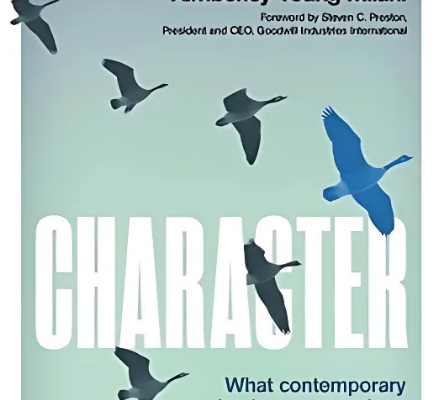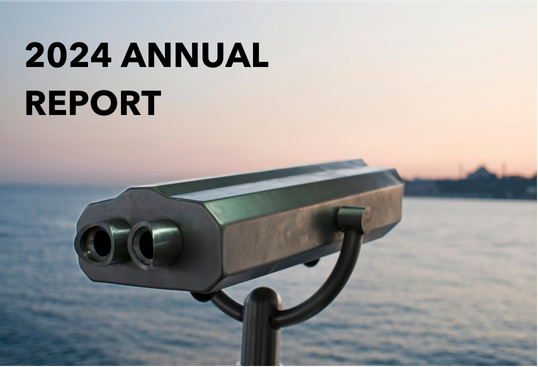Last year’s family battle at Rogers Communications Inc., Canada’s largest cable and wireless firm, reminds us of how generational wealth transfers can be challenging and often fail.
Ted Rogers (May 27, 1933 – December 2, 2008) started this incredibly successful company in 1960, when he bought all the shares of CHFI (a Toronto based radio station). By 1967 Rogers Communications was established and since, has grown into the household name that it is today.
In 2021, Ted Roger’s son, Edward Rogers found himself in a family feud with his mother (Loretta) and two sisters (Martha and Melinda) for control over the family company.
Unfortunately, the Rogers family is not alone in facing challenges in the second or third generation of major wealth transfer. In fact, the majority of unassisted and poorly planned wealth transfers will fail by the second generation. At Tall Oak Private Wealth, we help wealthy families preserve and grow their wealth, which has often been created through business, real estate, or farm success in Canada. Creating wealth is hard; maintaining wealth generationally is harder. So, why do some families succeed where others fail?
FAMILY WEALTH TRIANGLE

Too often generational planning is done with a singular focus on family wealth. While it’s true that this is a really important element, it also brings other aspects to the forefront: tax-planning, legal considerations, corporate and trust structures, insurance and investments. Ensuring maximum wealth transfer requires the right team of professionals and a strong plan. But we’d be foolish to ignore the anchor of the family wealth triangle: family cohesion and family compass, which are both commonly overlooked or ignored in planning. This triangle was developed at Tall Oak Private Wealth to deepen conversations with families and ensure that wealth is grown and preserved for generations to come.
FAMILY COHESION
Family cohesion is often the most important and most challenging. Sometimes the best of intentions can turn into the worst nightmares for families. Let’s look at the situation of the family cottage:
The grandmother who wants the family cottage to remain in the family has the best of intentions. When asked “why” this is her preference, she recounts the story of how the land was purchased and the cottage built decades ago. She shares the stories of children growing up there and having incredible adventures. She recalls the family traditions, the shared occasions, the laughs, and tears. The cottage has been engrained in the family’s history and she would like generations to come to have the opportunity to enjoy it the same way. The reality of passing cottages down, however, can turn out very differently than the wishes of the older generation. Two of the children may live close enough to be able to enjoy the cottage regularly, while a third child lives across the country and might only be lucky enough to enjoy once a year. For the two that do live closer, they might not agree on when to use the cottage, nor how to upkeep the cottage, resulting in many disagreements. This is typical of cottage transfers and can often create rifts in families rather than bringing them the intended enjoyment and lasting happy memories. And all of this tends to happen at the first generational transfer.
Similar issues often exist with successful family businesses, just as we are now witnessing with the Rogers family.
Successful transitions tend to have some commonalities to ensure that family cohesion is maintained:
The Plan
Families that have articulated plans and yet allow for flexibility in their plans to adjust for changing circumstances, tend to have more success.
The Communication
Family communication is key. Not everyone wants to run a business, and not everyone wants to own a cottage. Having open lines of communication to understand each individual’s preferences is crucial.
Honest Assessments
While children may express their wish to run a family enterprise, not all children will have the skillset required to run the business. Although it may be a difficult discussion, it is important to establish what next steps are required (if any), such as planning for appropriate education and/or experience to help prepare them for the role, or determining who may be more willing and able to step in.
Equitable versus Equal
Trying to make wealth transition equal for all of the children is one of the greatest reasons failures happen. Leaving an asset or business equally to three children is often the worst outcome. There are other ways to make sure that what the children receive is equitable, not necessarily equal. For example, leaving certain properties of similar value to one child and the business to another can be an equitable way to ensure family harmony.
Adaptability
The best plans need to adapt as circumstances change. When a plan is too rigid, the effort to change it renders it static and transitions therefore tend to fail.
FAMILY COMPASS
We have found that many successful families have inherently built a family compass to assist in directing difficult decisions. The North Star to their compass is their strongest family value(s). Those that define these values and have buy-in from future generations have a framework for decision making. If it is clear as to why grandma wants the cottage to stay in the family and the heirs are in agreement to uphold the values that are near and dear to her, there is a much better chance that family wealth and cohesion will be maintained.
There are two primary components that define this compass: internal and external. Internally, the cornerstone is built on the key values the family deems important. In order for there to be continuity in values, communicating them with all family members is key. These values can change over time; however, in the strongest families, they don’t change dramatically but rather they evolve.
The external family brand will often take roots in their internal values to define how the family wants to be perceived externally. Oftentimes though, family brands are defined or strongly influenced by external stakeholders, media, and the general population. However, families have the opportunity to define what they would like this external perception to be and work to build a stronger family brand.
In the end, the Rogers family saga has once again highlighted that generational wealth transfers are difficult. It takes planning, effort and adaptability to make sure that generational wealth is preserved and grown.
At Tall Oak Private Wealth, we have had the privilege of working with many wealthy families to transfer, preserve and grow their wealth successfully for generations to come.
If you, or anyone you know, could benefit from our expertise, we would be more than happy to assist.
Sincerely,
Your Tall Oak Private Wealth Team (Written by Mehendi Kamani, Portfolio Manager)
The views expressed in this commentary are those of Tall Oak Capital Advisors as at the date of publication and are subject to change without notice. This commentary is presented only as a general source of information and is not intended as a solicitation to buy or sell specific investments, nor is it intended to provide tax or legal advice. Statistics, factual data and other information are from sources Tall Oak believes to be reliable but their accuracy cannot be guaranteed. This commentary is intended for distribution only in those jurisdictions where Tall Oak Capital Advisors are registered. Securities-related products and services are offered through Raymond James Correspondent Services Ltd., member Canadian Investor Protection Fund. Insurance products and services are offered through Gryphin Advantage Inc., which is not a member-Canadian Investor Protection Fund. This commentary may provide links to other Internet sites for the convenience of users. Tall Oak Capital Advisors is not responsible for the availability or content of these external sites, nor does Tall Oak Capital Advisors endorse, warrant or guarantee the products, services or information described or offered at these other Internet sites. Users cannot assume that the external sites will abide by the same Privacy Policy which Tall Oak Capital Advisors adheres to.




